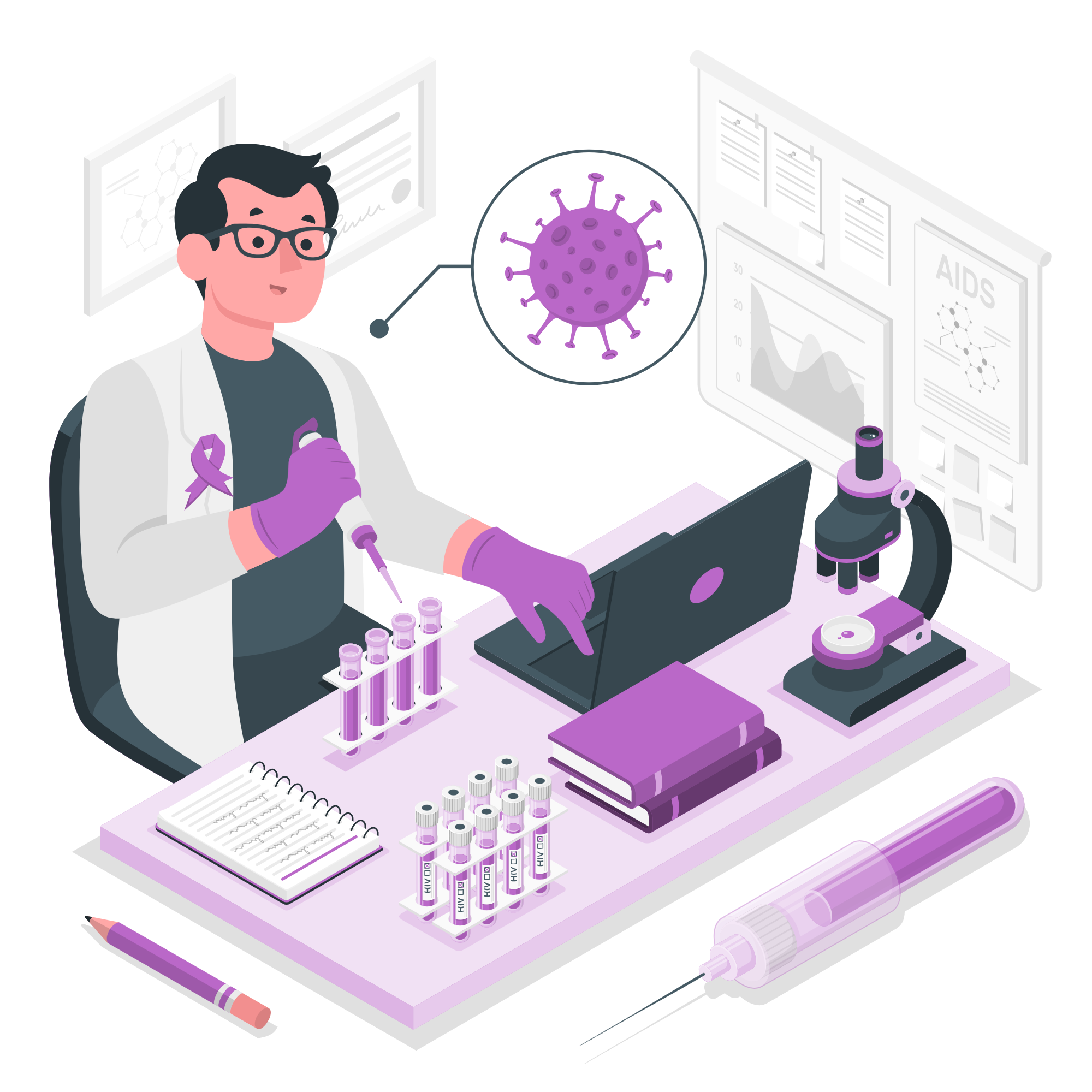Avoiding Plagiarism Without Losing Your Voice
Introduction
Plagiarism—using another’s words, ideas, structure, or distinctive expression without appropriate acknowledgment—erodes academic integrity and weakens trust in scholarship. Yet many writers worry that strict source use will flatten their style, making it hard to sustain a distinctive writer’s voice in content creation. The task, then, is not only how to avoid plagiarism but how to do so while finding your writing voice and maintaining fluency, authority, and individuality. Research shows that problems like patchwriting (lightly editing source text without sufficient transformation) are often symptoms of developing literacy rather than malice, and that targeted instruction can reduce plagiarism while strengthening voice.
This article explains plagiarism vs originality and presents an integrated approach to writing without plagiarism: ethically using sources, paraphrasing without plagiarism, and how to write in your own words—all without sacrificing tone or style. It also addresses the contemporary complication of AI-assisted paraphrasing, where machine rewrites may evade some detectors and still misrepresent authorship.
Core Concepts
Plagiarism and writing style. Plagiarism is not limited to verbatim copying; it includes close paraphrase, structural imitation, and failure to signal where ideas originate. Authoritative editorial bodies and style authorities (e.g., the Council of Science Editors and the APA Style team) emphasize accurate, transparent citation even when paraphrasing.
Patchwriting as literacy issue. Seminal and subsequent studies (e.g., Pecorari’s work) show that patchwriting often reflects emerging genre knowledge and source-integration skills—particularly for students writing in a second language. Treating it as purely moral failure can miss opportunities for instruction in voice and synthesis.
Instruction works. A “Writing in Your Own Voice” intervention significantly reduced plagiarism and common writing problems in undergraduate science writing. The instructional design had students diagnose forms of plagiarism and practice revising into their own voice; outcomes improved across assignments.
AI-enabled paraphrase. Recent findings show that paraphrase-based attacks can degrade AI-text detection and that “machine-paraphrased plagiarism” presents new risks. Writers should prioritize genuine comprehension and synthesis over tool-driven rewrites.
Ethical foundations. Widely cited guidance from the U.S. Office of Research Integrity (Roig) clarifies expectations, including self-plagiarism, quotation, and paraphrase boundaries—useful benchmarks for everyday writing decisions.
A Practical Table of Tips (with Fast Examples)
| Tip (short) | Why it preserves your voice | Micro-example | How to credit | Common pitfalls |
| Read, close notebook, then explain | Forces comprehension before phrasing, producing authentic tone | After reading a study, step away and summarize from memory | Cite source at first mention and in reference list | Paraphrasing “too close” to the source’s sequence of ideas |
| Quote sparingly, paraphrase deeply | Keeps your cadence while acknowledging key wording | Quote a crucial definition; integrate the rest in your own syntax | Quotation marks + page; paraphrase with in-text citation | Over-quoting or “patching” sentences around quotes |
| Synthesize multiple sources | Blends perspectives → unique stance and rhythm | Weave findings from 3 papers into a combined argument | Cite each contribution where used | Listing sources serially without analysis |
| Track ideas with an annotated bibliography | Reflection notes seed your own language | For each source: 2–3 sentences on “what and why” | Full citation + your notes | Copying phrasings into notes without quotation |
| Use structure-first outlining | You choose headings before drafting → your logic leads | Draft an outline from your thesis; insert sources later | Attribute specific claims under each section | Letting a single source’s outline drive your paper |
| Paraphrase by transforming focus & form | Change emphasis, order, and syntax—not just words | Convert cause→effect to effect→cause, change sentence granularity | Cite after paraphrase, not just after quotes | Thesaurus-only substitutions (classic patchwriting) |
| Integrate data, not just text | Your commentary on numbers highlights your perspective | Interpret a table/figure and discuss implications | Cite dataset or figure source | Reporting numbers without analysis or credit |
| Keep a running “source map” | Distinguishes original vs. borrowed claims | Mark [O] original ideas vs. [S] sourced in your draft | Confirm every [S] has a citation | Forgetting to convert placeholders to full citations |
| Check with policy-aligned guides | Aligns practice with recognized standards | Verify paraphrase/quote rules in APA/CSE guides | Cite style guidance as needed | Relying on memory or unofficial blogs |
| Build in time for revision | Space enables voice-level edits beyond compliance | Read aloud to detect “borrowed” cadence | Ensure citations match final text | Last-minute patching under deadline pressure |
Notes & Authorities: Roig/ORI guidance on ethical writing; APA guidance on paraphrasing and citation frequency; CSE recommendations on integrity.
Examples
1) Read, close the notebook, then explain
When you read with the intent to write, separate the knowledge phase from the composition phase. Put the article aside and restate the idea from memory; this naturally yields how to write in your own words because you are reconstructing concepts, not text. Immediately add a citation. This practice directly addresses avoiding unintentional plagiarism, especially patchwriting born from sentence-level imitation.
Worked example:
Source idea: a study found that a voice-focused assignment reduced plagiarism in science courses.
Your paraphrase: “A classroom exercise that trains students to identify and revise plagiarism can substantially cut plagiarism rates and improve overall writing quality.” (Yang et al., 2019)
2) Quote sparingly; paraphrase deeply
Use quotes only for indispensable wording (formal definitions, distinctive phrases). For everything else, paraphrase by changing focus (what’s foregrounded), form (syntax and structure), and framing (how the claim fits your argument). APA guidance allows a single citation at first mention of a multi-sentence paraphrase, provided it’s clear you are still discussing that source.
Poor vs. Strong:
Poor (patchwriting): “Plagiarism can be seen as an academic literacy issue…” (minimal edits to source phrasing).
Strong: “Rather than treating plagiarism solely as misconduct, some studies interpret it as a sign of developing academic literacy and source-integration skills.”
3) Synthesize, don’t stack
Synthesis means articulating relationships among sources (agreement, contradiction, scope), guiding readers through your interpretation—central to plagiarism and writing style and writing without plagiarism. It also underwrites plagiarism vs originality by requiring new ordering, emphasis, and inference.
example:
Combine (a) literacy-framing of plagiarism, (b) instructional interventions, and (c) editorial integrity guidance to argue: “Because plagiarism may reflect developing skills, structured practice and clear editorial standards together are most effective.”
4) Keep an annotated bibliography
For each source, write 2–3 sentences in your own voice capturing the claim, method/limits, and how it will serve your argument. This creates a reservoir of original phrasing and helps prevent “copy-pasting” into the manuscript.
Annotation example:
Yang et al. (2019) evaluate a brief assignment that teaches plagiarism recognition and revision; the intervention reduced plagiarism and improved writing quality in science courses. Useful as evidence that explicit, voice-focused instruction works in STEM writing.
5) Use structure-first outlining
Outline your sections before drafting with sources in view. Your outline should flow from your thesis and audience needs; then you decide where a source illuminates a point. This prevents a single paper from dictating your structure (a subtle path to imitation). CSE’s integrity recommendations support explicit planning for transparent attribution.
6) Transform focus and form when paraphrasing
To achieve paraphrasing without plagiarism, alter more than words:
Focus: Reframe the claim (e.g., shift from cause→effect to implications→conditions).
Form: Change sentence boundaries, clause order, and the hierarchy of ideas.
Framing: Tie the claim to your purpose and evidence.
example (step-by-step):
Original claim (generalized): “Paraphrasing tools can conceal copied text from detection systems.”
Transformed: “Because some detectors rely on surface similarity, machine-rewritten passages may pass undetected, which increases the need for genuine synthesis and clear citation.”
7) Integrate data and discuss it
When you reference numbers, tables, or figures, use your own language to interpret why they matter. This is a direct route to authentic voice: your selection of what to stress, how to compare, and what implications follow. Always credit the dataset or figure. (For research on prevalence and integrity challenges, see recent reviews.)
8) Maintain a “source map”
As you draft, label sentences as [O] (original analysis) or [S] (sourced). Ensure each [S] has an appropriate citation and that clusters of [S] are interrupted by your commentary. This internal audit supports how to avoid plagiarism in long drafts.
9) Align with recognized policies and guides
Before submission, verify that your practices match institutional and editorial standards. Roig’s ORI guide clarifies paraphrase and quotation norms; APA details citation of paraphrases; CSE articulates journal-integrity practices that many fields emulate.
10) Give revision time to “hear” your voice
Read your draft aloud. Sections that sound unlike you may indicate over-reliance on a source’s structure or lexicon. Rebuild those passages from notes, not from the source text. This habit is especially helpful for avoiding unintentional plagiarism and refining finding your writing voice.
Addressing AI and “Machine-Paraphrased” Risks
A contemporary challenge is the ease of generating paraphrases via AI that superficially avoid textual overlap yet remain derivative. Studies document how paraphrasing can degrade AI-generated text detectors and how machine-paraphrased plagiarism creates new vulnerabilities for academic evaluation. This makes process and documentation more important than ever: keep reading notes, drafts, and timestamps, and be explicit about tool use in methods or acknowledgments if your field requires it.
Ethical Support While Preserving Your Voice
When stakes are high (thesis, dissertation, journal submission), expert editorial support can help you meet formal standards without diluting style. Thesis-Edit.com focuses on strengthening clarity, cohesion, and citation accuracy while respecting your cadence and writing style. Editors help you operationalize the techniques above—outlining from your argument, transforming paraphrases, and calibrating quotation levels—so you present rigorous scholarship in a voice that remains unmistakably yours.
Conclusion
Avoiding plagiarism is not in tension with individuality; in practice, mastering source integration enables a stronger voice. Treat plagiarism not merely as a rule to avoid but as a lens on craft: comprehension before composition, deep paraphrase, careful synthesis, and explicit acknowledgment. Research-supported interventions improve outcomes; recognized authorities (ORI/Roig, APA, CSE) provide concrete rules; and awareness of AI-paraphrase risks keeps your process accountable. With deliberate practice—and, when appropriate, professional editing—writers can deliver rigorous, original, and stylistically authentic work that embodies academic integrity and advances knowledge with clarity and confidence.

